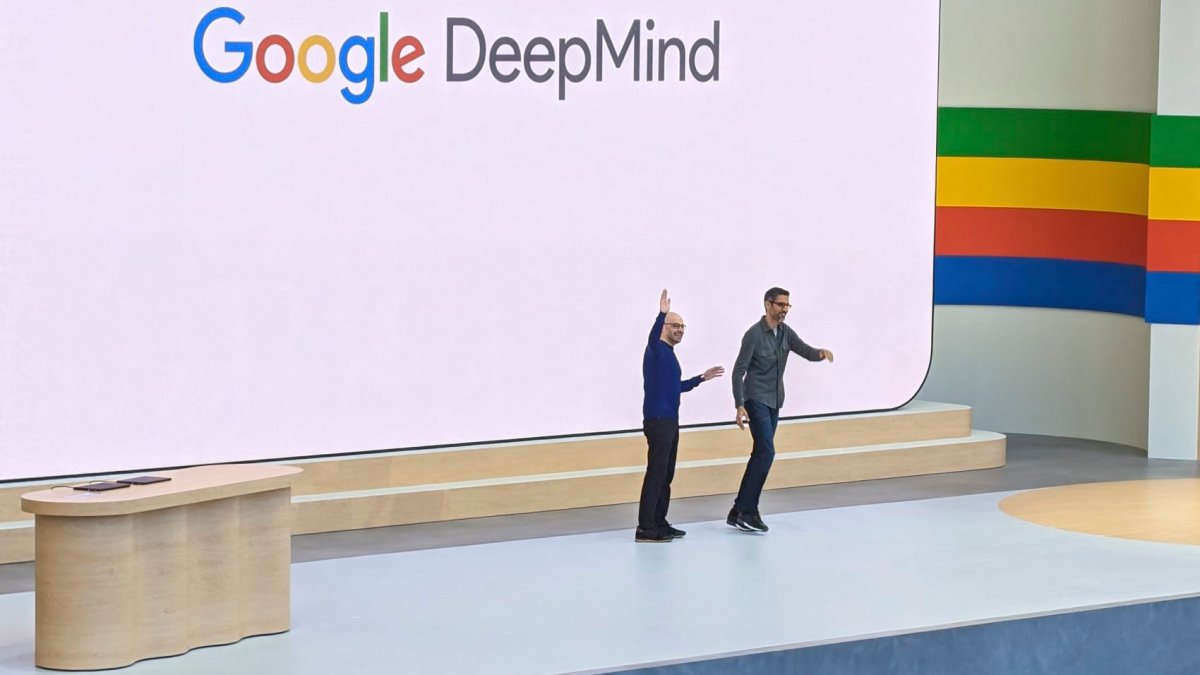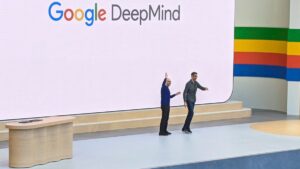DeepMind Plans to Utilize AI Models for Enhancing Physical Robots

Google DeepMind Unveils New Robotics AI Models
Introduction to Gemini 2.0
On Wednesday, Google DeepMind introduced two innovative artificial intelligence models specifically designed for robotics, both operating on their latest platform, Gemini 2.0. This new system has been heralded as Google’s "most capable" AI to date, pushing the boundaries of how AI can interact with the physical world.
Collaboration with Apptronik
As part of their launch, Google announced a partnership with Apptronik, a Texas-based robotics company known for developing humanoid robots. This collaboration aims to create the next wave of humanoid robots using Gemini 2.0. Apptronik has previously collaborated with notable entities such as Nvidia and NASA, showcasing their expertise in robotics.
Demonstrating AI Capabilities
In a series of demonstration videos, Google showcased the capabilities of Apptronik robots powered by Gemini’s new AI models. These robots performed various tasks based on verbal commands, including:
- Plugging electronic devices into power strips
- Filling lunchboxes
- Manipulating plastic vegetables
- Zipping up bags
These demonstrations highlight the evolving role of AI in robotic applications and how they can be programmed to respond to human instructions.
The Foundation of Robotics AI
According to a blog post by Google, successful AI models for robotics should possess three essential traits:
- General Adaptability: The ability to function in various situations, adapting to different tasks and challenges.
- Interactive Response: Quick comprehension and reaction capabilities to understand verbal instructions and environmental changes.
- Dexterity: The capability to perform tasks that require fine motor skills, similar to what humans can achieve with their hands.
Special Features of Gemini Robotics-ER
The Gemini Robotics-ER model serves as a foundational tool for roboticists, allowing them to train customized AI systems. This model is accessible to Apptronik and a select group of "trusted testers," including established organizations like Agile Robots, Agility Robotics, Boston Dynamics, and Enchanted Tools.
Wider AI Initiatives in Robotics
Google is not alone in its venture into AI-powered robotics. In November, OpenAI invested in a startup called Physical Intelligence, which focuses on integrating general-purpose AI into the physical realm through large-scale AI models and algorithms designed for robotics.
Additionally, OpenAI has been expanding its robotics efforts by hiring experienced professionals from other tech giants. For example, they recently brought on board the former head of Meta’s Orion augmented reality initiative to spearhead their robotics and consumer hardware projects. Tesla has also entered the humanoid robotics sector with their Optimus robot.
Google’s Vision for Robotics
During the announcement, Google CEO Sundar Pichai expressed optimism regarding the potential of robotics as a practical application for advancing AI technology in real-world environments. The robots harness Google’s multimodal AI capabilities, enabling them to make real-time adjustments and interact seamlessly with their surroundings.
As developments unfold in the field of AI for robotics, both researchers and companies are keenly interested in the promising applications that this technology brings. The collaboration between Google and Apptronik marks a significant step forward in this area, showcasing the extensive capabilities of AI in transforming how robots operate and engage with humans.






